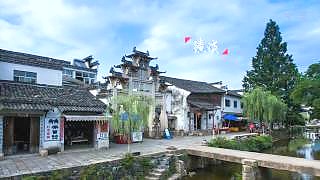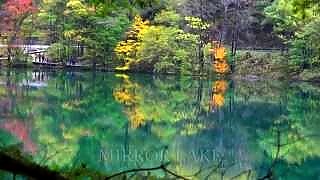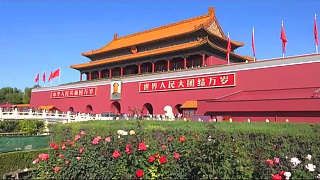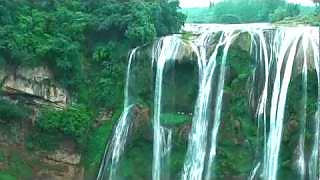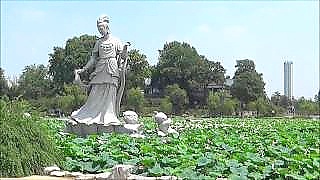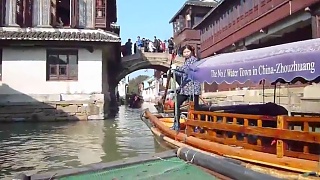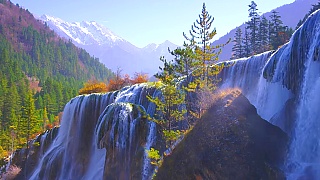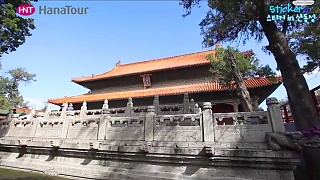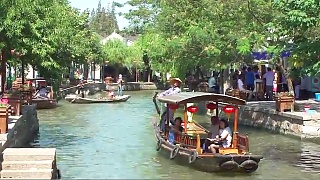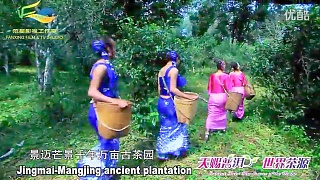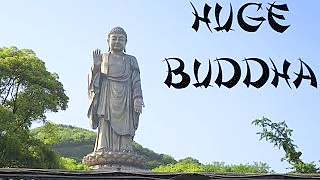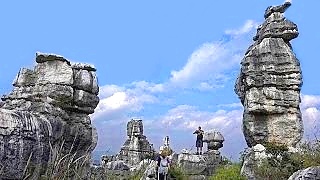ShānDōng lies on the coast in east China, roughly halfway between BeiJing and ShangHai. Provincial capital : JiNan. Also includes the city of QuFu, the birthplace of Confucius. Other well-known cities include QingDao, ZaoZhuang, YanTai, WeiFang, JiNing, LinYi and DeZhou.
Among others, ShanDong is known for TaiShan sacred mountain, a large number of natural springs that arise from the mountains to the west (ShanDong means 'East of the Mountains), DaMing Lake formed from the spring waters, LaoShan Scenic Area, Thousand Buddha Mountain, LingYan Temple - one of the 4 most famous temples (四大名刹) from the Tang dynasty, PengLai Pavilion, wine-making and its distinctive cuisine, partly centered on seafood.
[640],shadow=true,start=,stop=
 Beautiful ShanDong 山东 province
Beautiful ShanDong 山东 province

